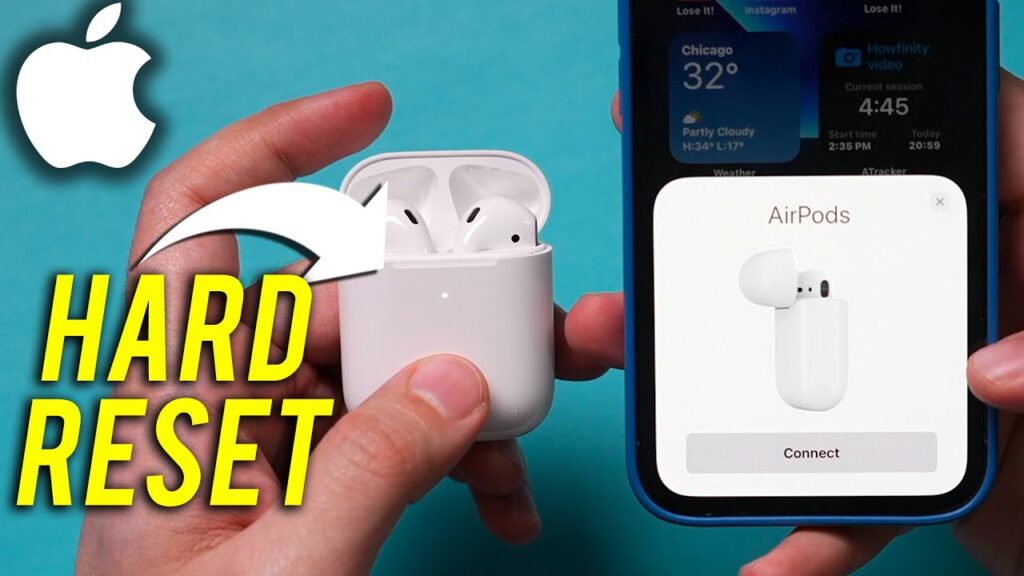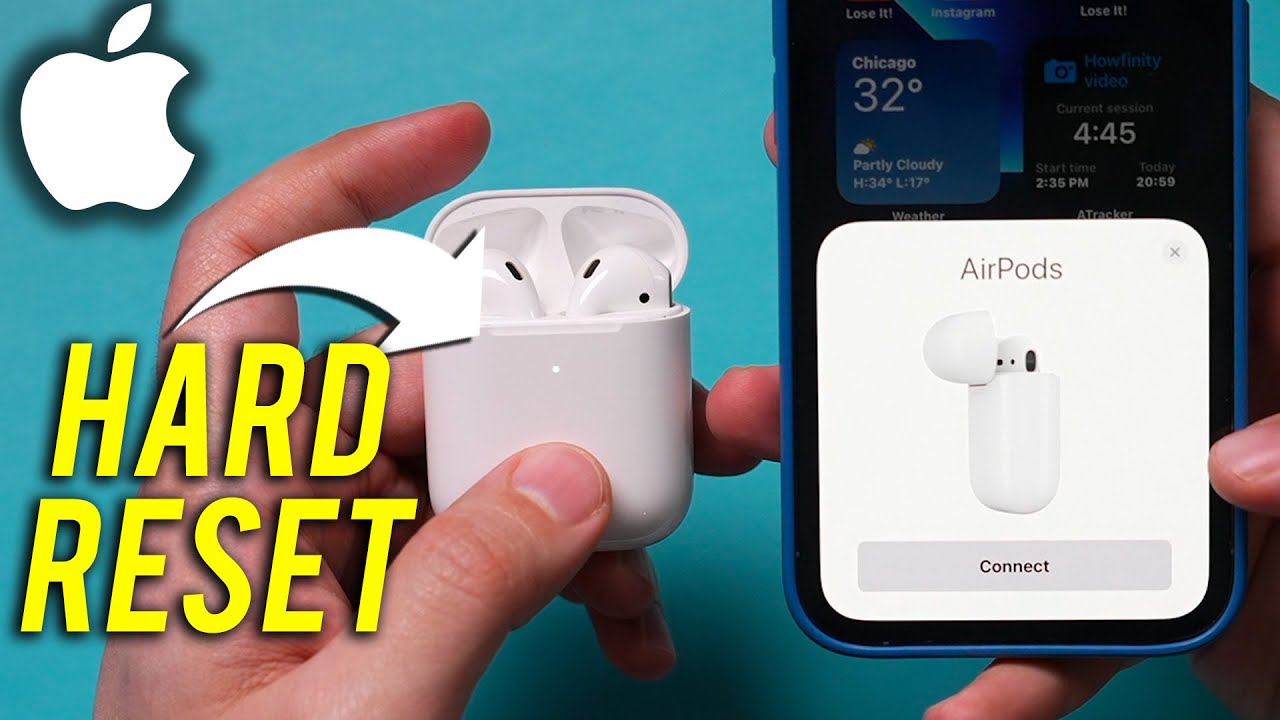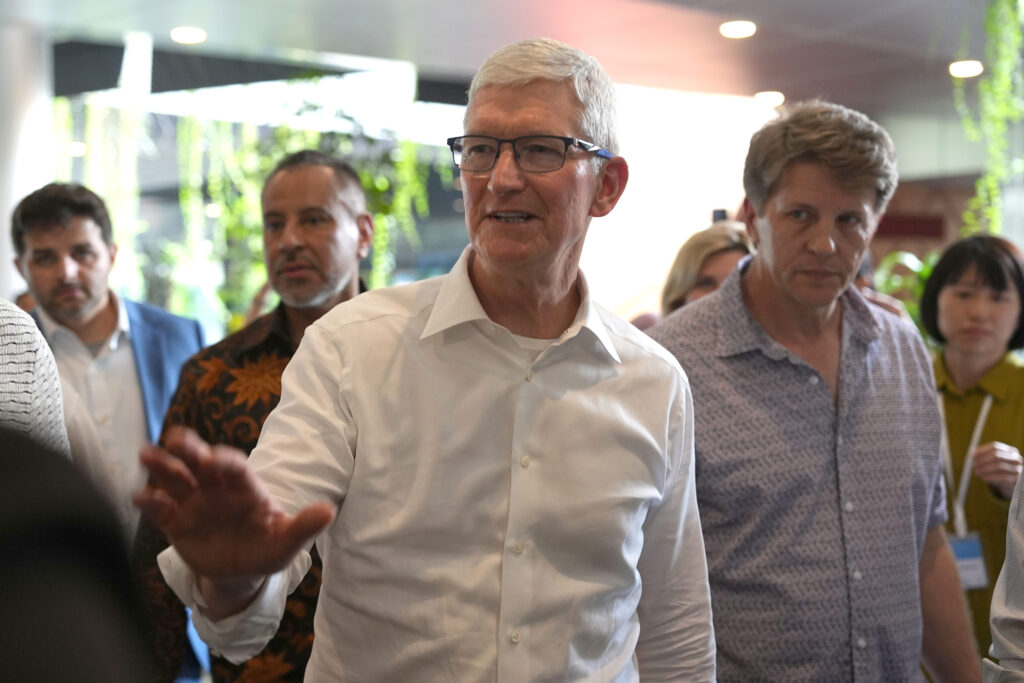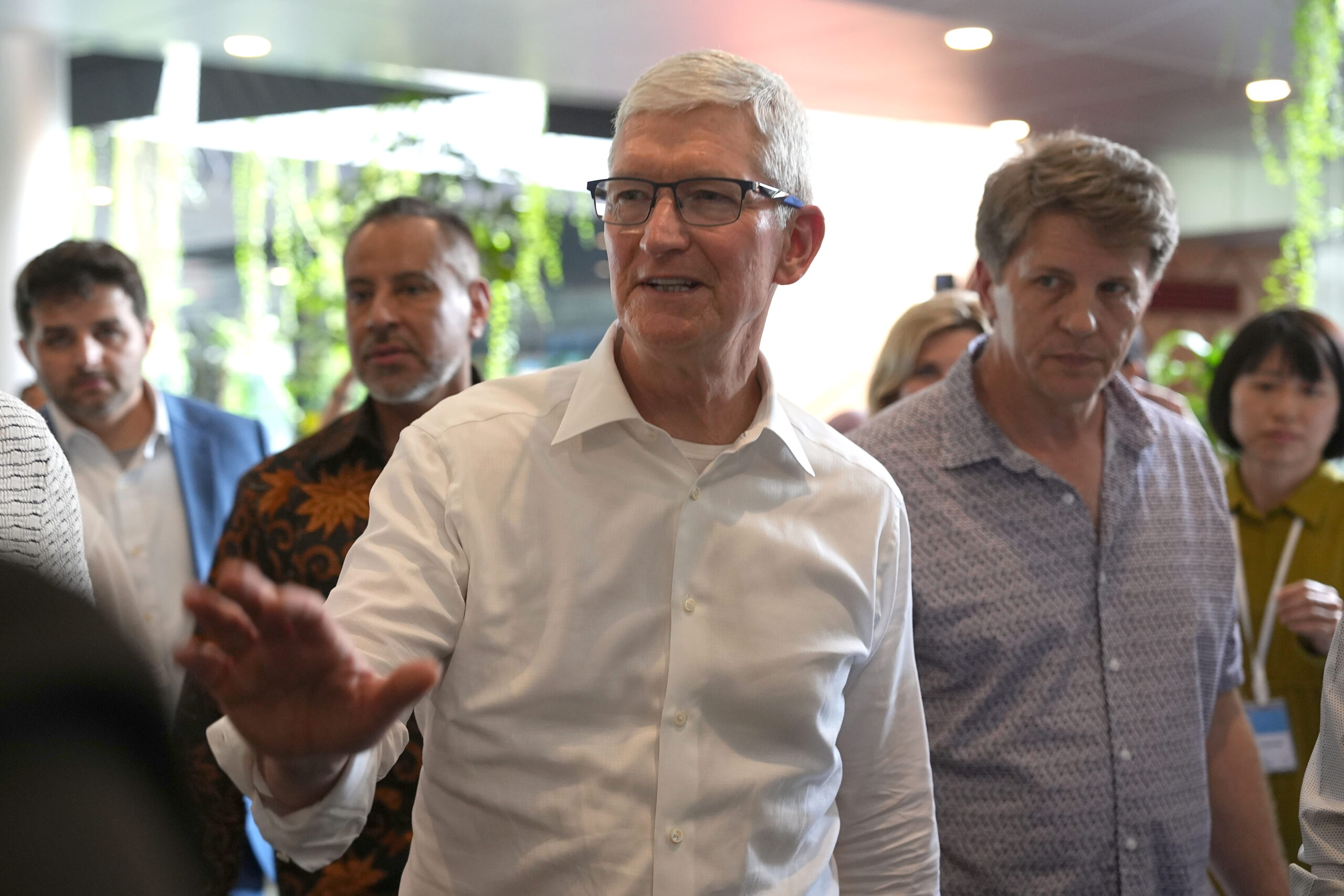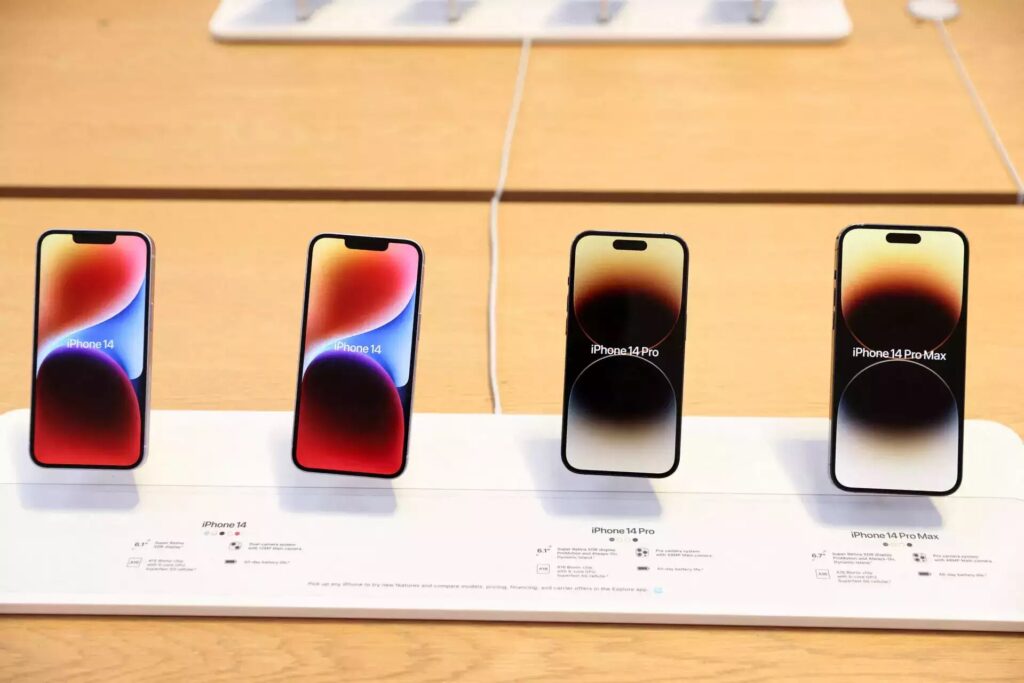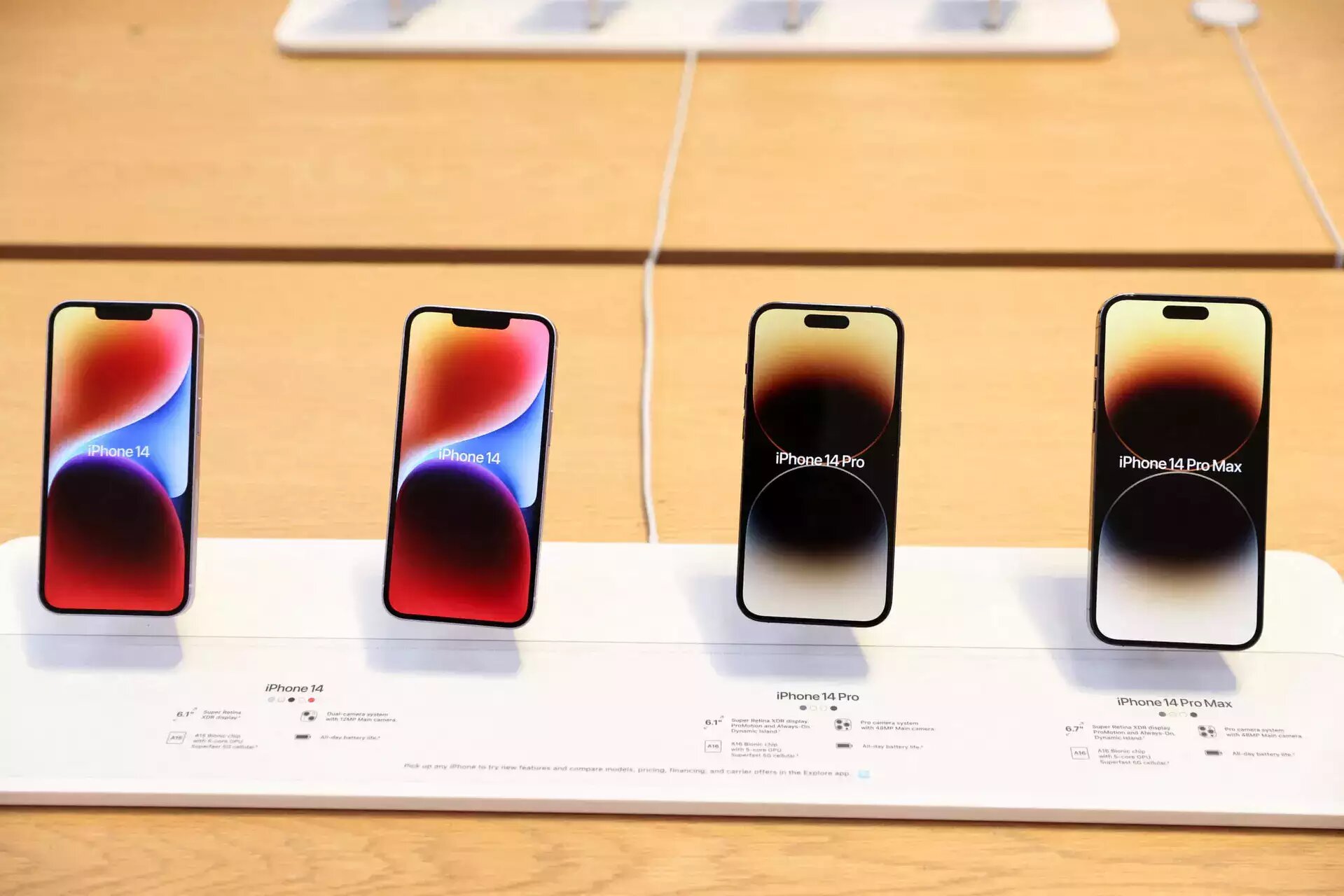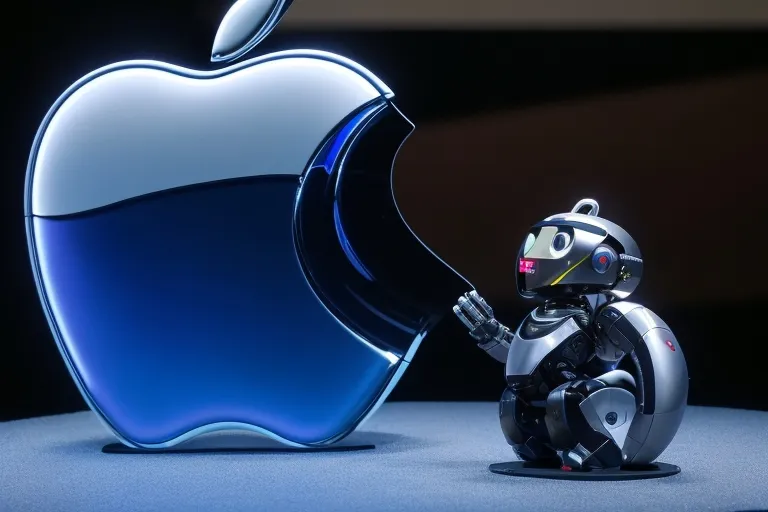Apple
Tim Cook Visits Singapore to Bolster Apple’s Expansion in Southeast Asia

I am a law graduate from NLU Lucknow. I have a flair for creative writing and hence in my free time work as a freelance content writer.
Xiaomi Shifts Focus from Apple to Tesla in the EV Market with 120,000 Orders in 36 Hours

I am a student pursuing my bachelor’s in information technology. I have a interest in writing so, I am working a freelance content writer because I enjoy writing. I also write poetries. I believe in the quote by anne frank “paper has more patience than person
